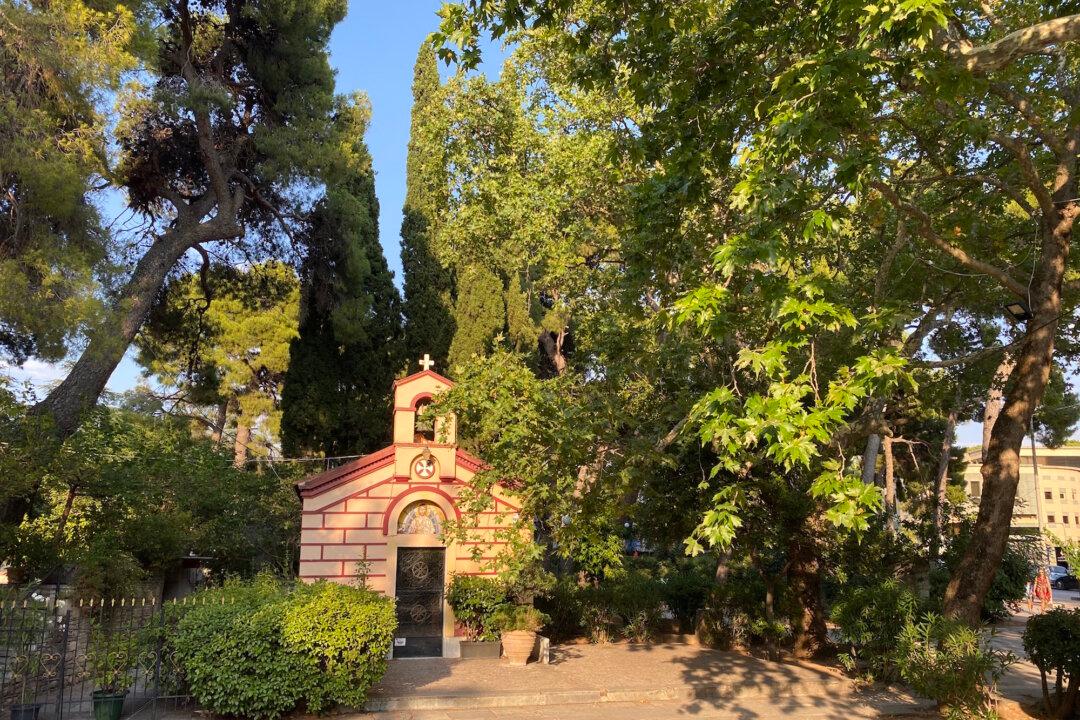The heat of another summer day in the Greek capital was just starting to ebb, a few cool breezes blowing through the oven of an afternoon that, even by Athenian standards, was set on maximum bake. Still far too early for dinner, a few couples and scattered clusters of friends had begun to gather at patio tables, little bursts of laughter and animated debate rising into the air over refreshing-looking iced cocktails.
All Greek. No English at all. Cypresses and cedars and pines provide a verdant backdrop and plenty of shade. Traffic on the small streets was light, and lazy, even on a weeknight.
I don’t know how many times I’ve visited this massive, unknowable city—not quite a dozen, but close—but I never imagined a place like this. Athens is infamous for its clamor and noise, all cacophony and little calm. But tonight, Kifissia was a revelation, a true oasis just 20 minutes from the center of the city.But almost nobody heads north—except, of course, for Athenians themselves. Set at a higher altitude and covered in greenery, Kifissia is significantly cooler than the center of the city. In antiquity, philosophers made this their home, and in the late 19th century, wealthy Athenians began building summer villas in the area, competing to outdo each other on size and grandeur. When the railway arrived in 1885, hotels also went up, and people stayed here for months, enjoying the cool and the company.
Since it remains the end of one commuter rail line, you can still take the train—or just hop in a taxi. Leaving the freeway and winding onto the flanks of Mount Penteli, you can feel the difference immediately. As I checked into the Life Gallery Hotel, just north of the main shopping district in the neighboring town of Ekali, the stress of the super-heated streets of central Athens fell away. Tucked into the forest with two pools surrounded by cushy deck chairs, and rooms with balconies that overlook the mountains, this felt more like a resort than a city hotel.




